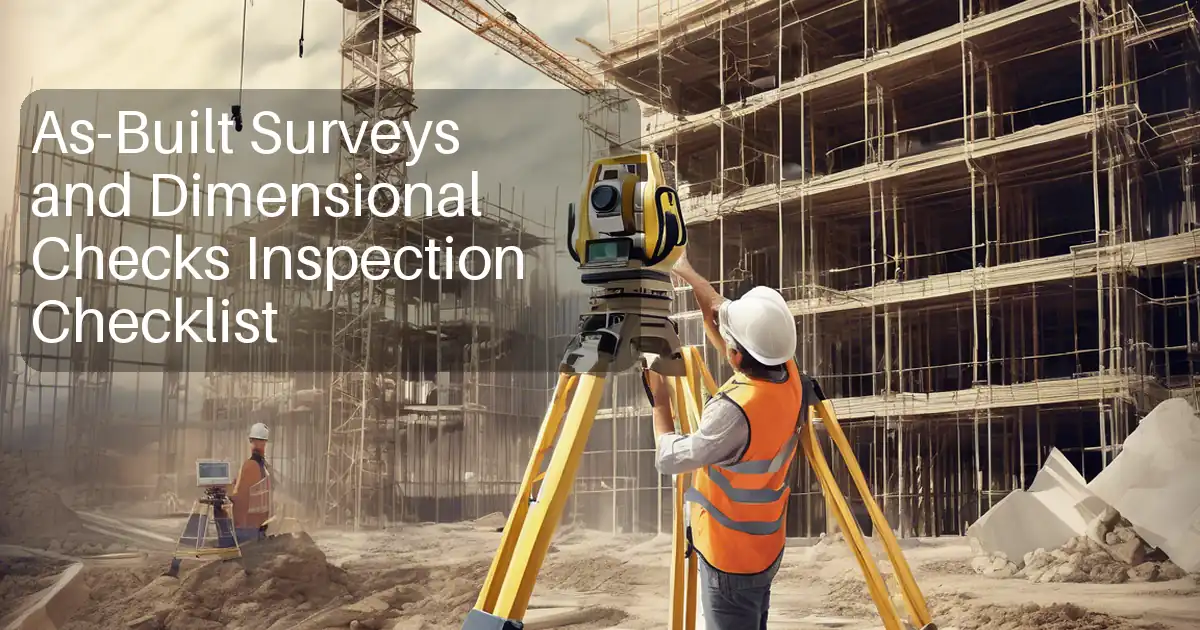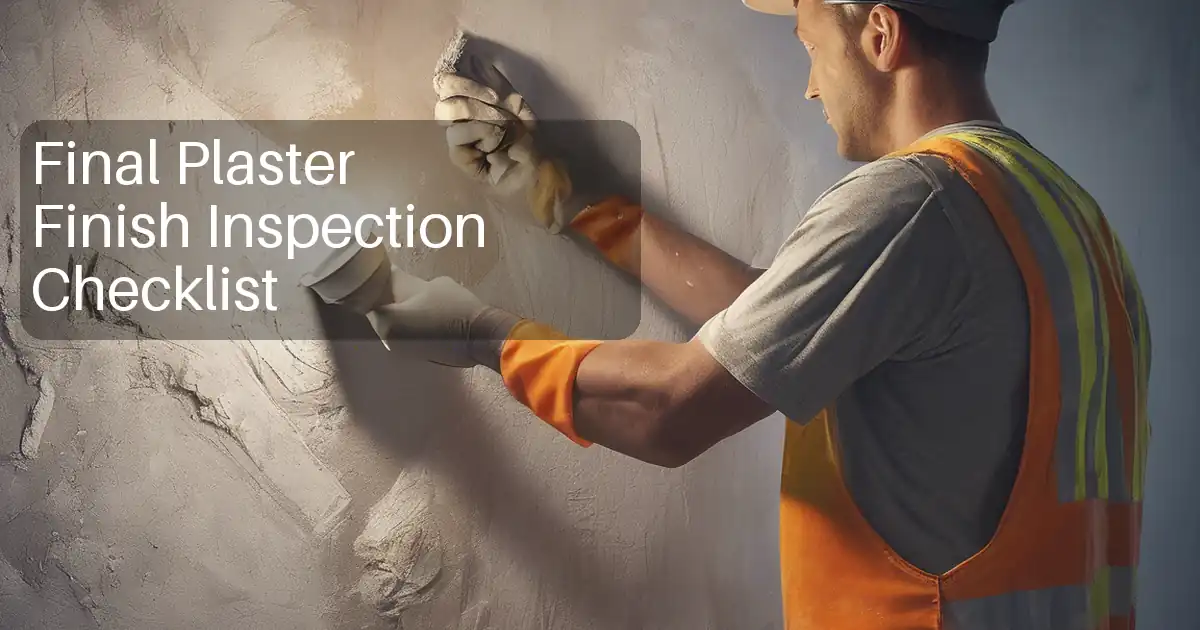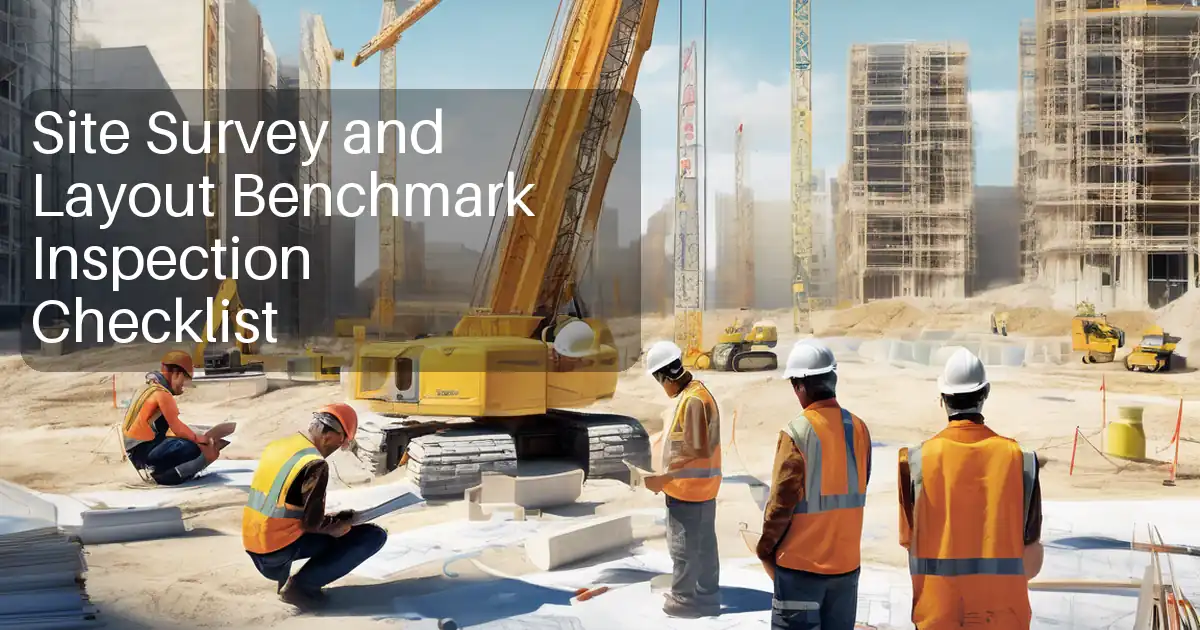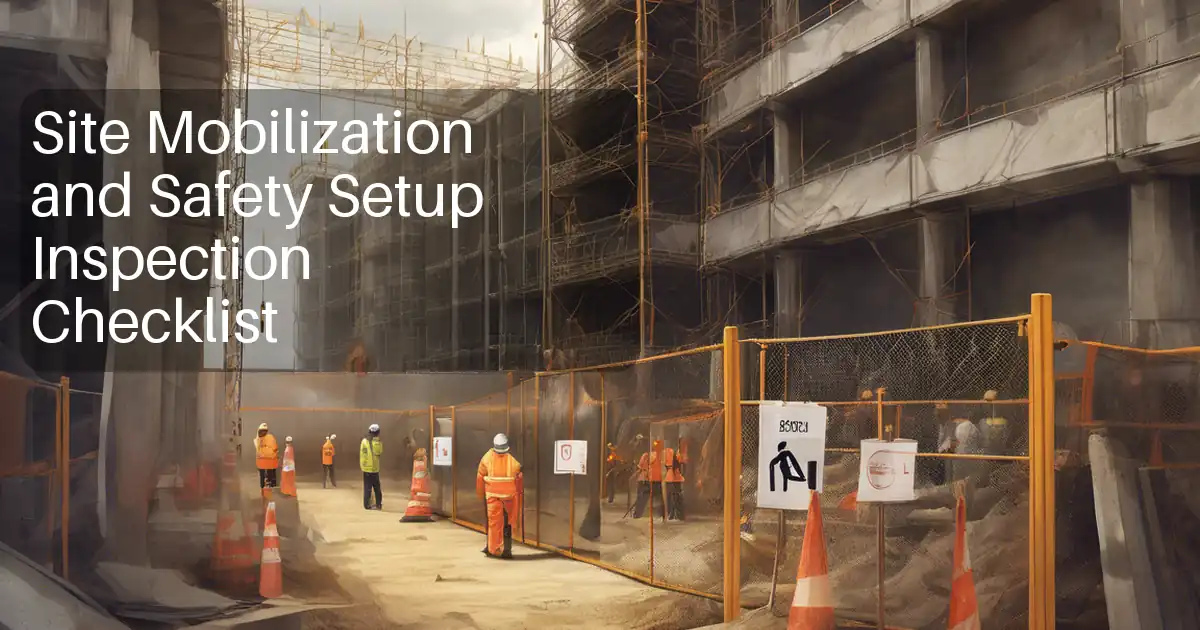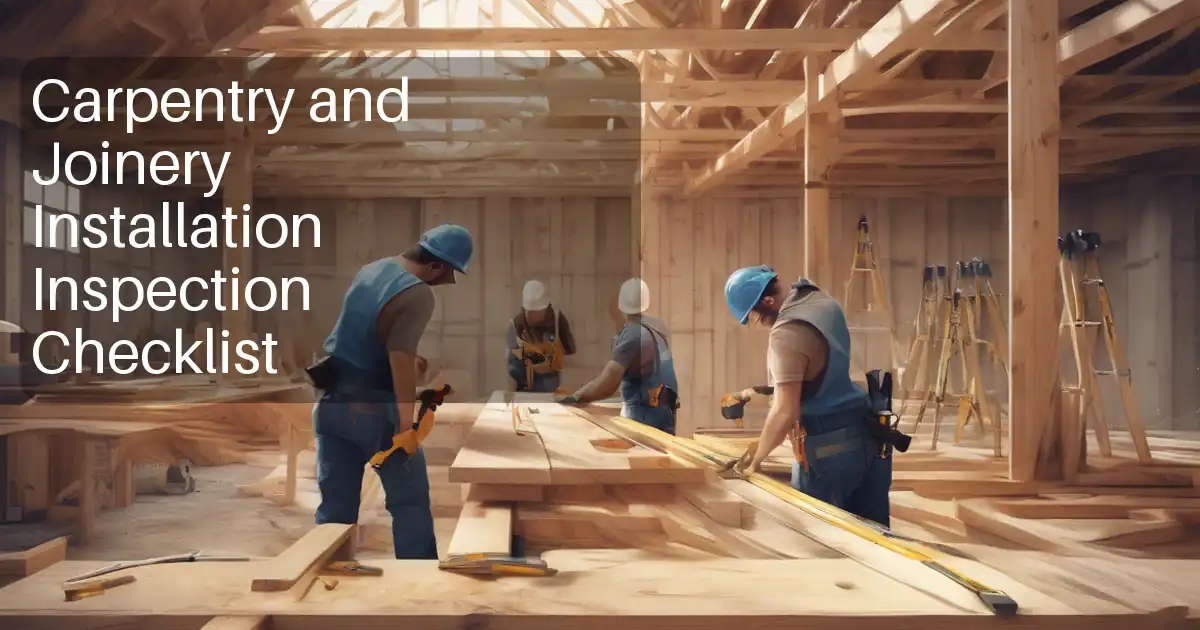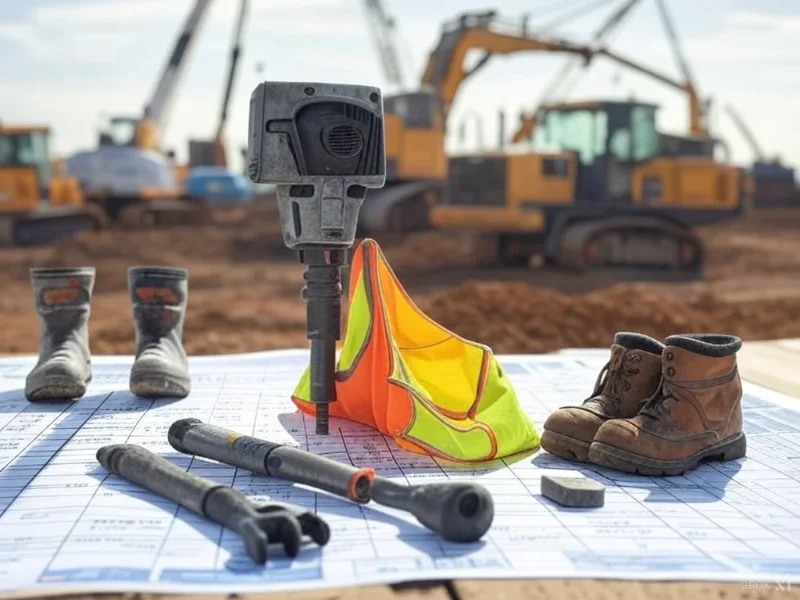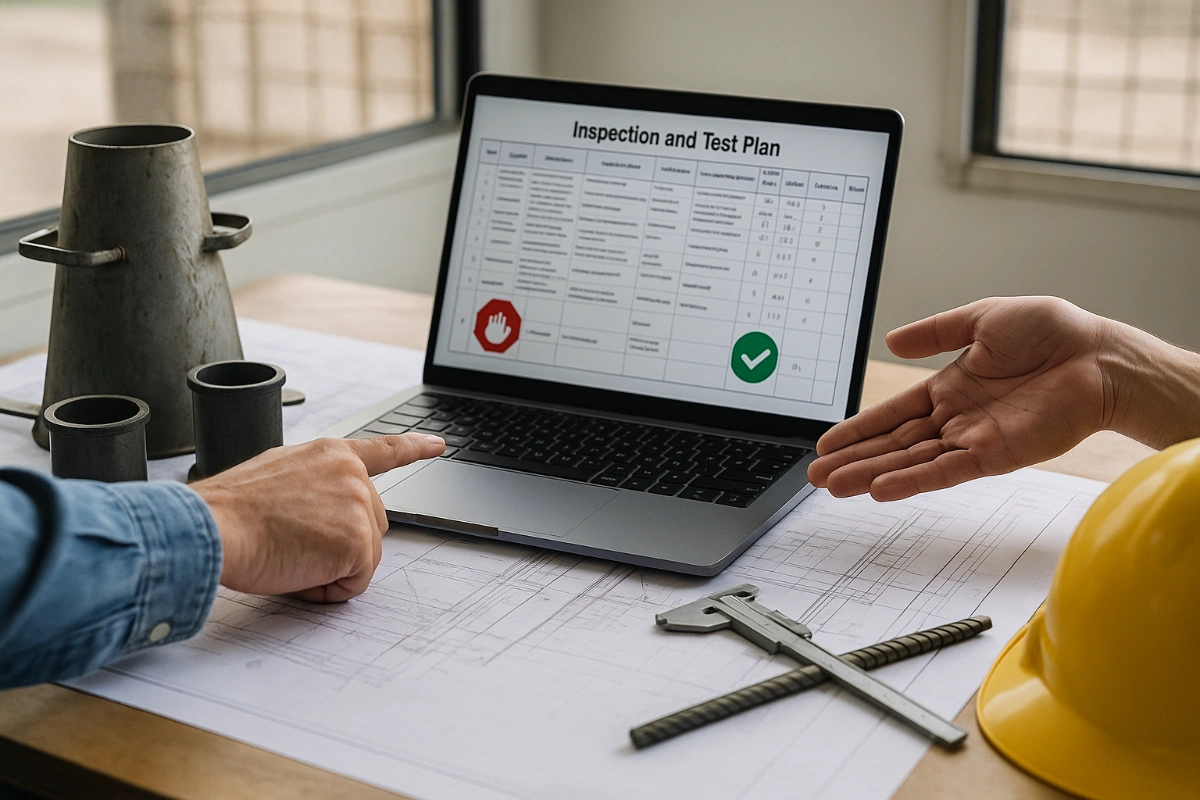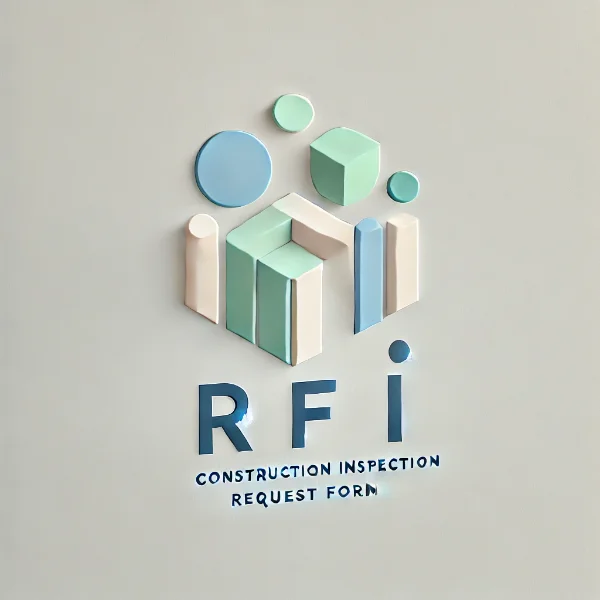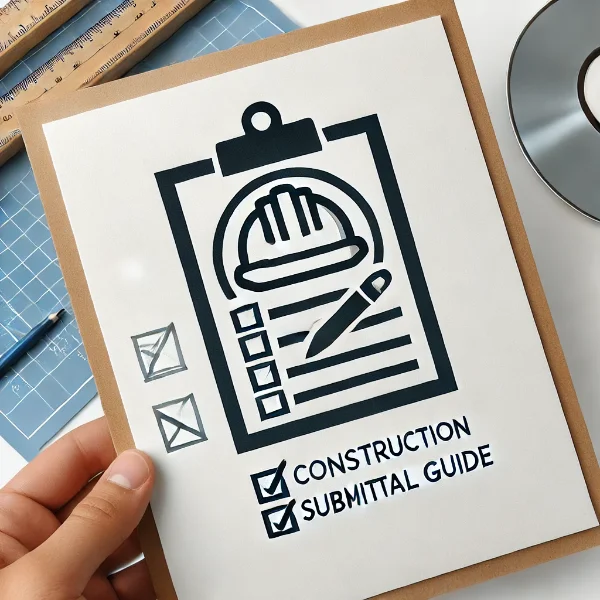Comprehensive Guide to Work Inspection Requests (WIR) in Construction
Understanding Work Inspection Requests (WIR) in Construction
A Work Inspection Request (WIR), also commonly referred to as a Request for Inspection (RFI), is a formal and contractually recognized action taken by contractors to request the inspection and approval of completed activities or sub-activities. It serves as a quality control checkpoint, ensuring that each phase of work complies with contractual specifications, safety standards, and technical requirements before proceeding to the next stage. It ensures adherence to quality standards and contractual obligations.
Quick Summary (Featured Snippet):
-
WIR/RFI is a formal request by contractors for inspection and approval.
-
Ensures construction work meets quality and contractual requirements.
-
Involves a structured workflow with clearly defined roles.
-
Comments from engineers can lead to contractual variations (VO) and extensions of time (EOT).
-
Timely response and proper documentation are crucial.
Contractual Obligations
WIRs are typically mandated in construction contracts, particularly in widely used international standards such as FIDIC (International Federation of Consulting Engineers). These contracts require clear documentation of all works executed, ensuring that contractors fulfill their contractual obligations and maintain compliance with specified standards.
Key Points:
-
Clearly outlined within construction contracts (e.g., FIDIC).
-
Used for validating completed tasks against specified quality and standards.
Parties Involved and Workflow
Primary Parties:
-
Contractor’s Construction Engineer
-
Contractor's QA/QC Engineer
-
Contractor’s Document Control
-
Project Manager (Resident Engineer)
-
Consultant’s Trade Engineer
Detailed Workflow:
-
Initiation: Contractor submits WIR.
-
QA/QC Review: Contractor's QA/QC verifies adherence to quality standards.
-
Document Control: Manages documentation and forwards it.
-
Resident Engineer Review: Initial review by the Project Manager.
-
Consultant Technical Review: Detailed inspection by Consultant’s Trade Engineer.
-
Approval: Outcomes can be "Approved," "Approved as Noted," or "Resubmit."
-
Record KPIs:
Contractor: Tracks approved vs. total submitted.
Consultant: Monitors response time against allowable contractual time.
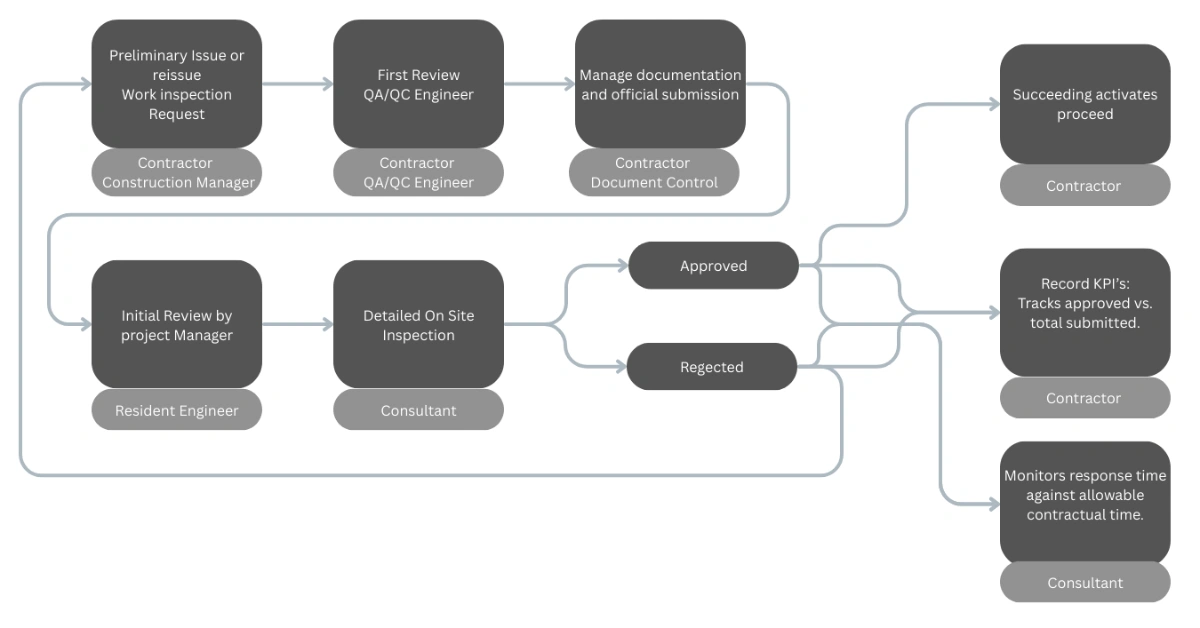
Timeframe for Consultant’s Response
Contracts typically define standard response times ranging from one hour to 14 days, depending on the inspection type. Short response times are usually for urgent inspections required for works soon covered by subsequent activities, such as reinforcing steel layouts, waterproofing, or MEP items embedded in concrete. Longer response times apply to detailed inspections like completed kitchens, facades, or roofing. Delayed responses can disrupt construction schedules, potentially resulting in disputes, claims, or extensions of time (EOT).

Legal Implications and Contractor’s Rights
WIRs have significant legal implications as formal documentation:
-
Essential in dispute resolution and claim validation.
-
Legal proof of compliance or non-compliance with quality standards.
Contractor's Rights in Non-contractual Comments:
-
Identify comments outside contractual agreements.
-
Formally dispute or contest non-contractual comments.
-
Escalate unresolved issues through stipulated contractual dispute resolution processes.
Engineer Comments, Variation Orders, and Extensions of Time
Engineer comments on WIRs must be carefully formulated. Comments may be considered as Engineer Instructions (EI), potentially leading to Variation Orders (VO) and Extensions of Time (EOT). Contractors should promptly issue notices for EOT and VO claims within contractually stipulated deadlines.
Critical Considerations:
-
Engineers must provide precise comments to avoid unintended VO and EOT.
- Contractors must submit timely VO and EOT notices to uphold contractual rights.

Benefits and Challenges of WIR
Benefits:
-
Enhanced quality assurance.
-
Improved documentation and project record-keeping.
-
Efficient stakeholder communication.
Challenges:
-
Time pressures and tight schedules.
-
Resistance due to misunderstanding or bureaucratic perception.
-
Need for timely and accurate responses.
Best Practices for Effective Implementation
-
Conduct regular training and awareness programs.
-
Utilize digital tools and platforms for efficient WIR handling.
-
Implement regular audits and compliance reviews.
Conclusion
WIRs/RFIs play a pivotal role in construction project success, ensuring compliance, quality, and accountability. Adopting proactive management practices mitigates risks, enhances communication, and streamlines project workflows.
References:
Downloadable Resources:
- Work Inspection Request Guide (word, excel and pdf)


